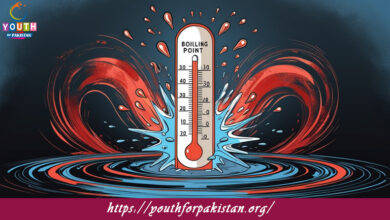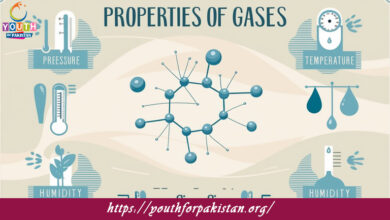Specific Rate Constant MDCAT Quiz with Answers

Specific Rate Constant MDCAT Quiz: as it is a central factor in determining the rate of any chemical reaction. The specific rate constant (k) refers to a proportionality constant in the expression of the rate law that connects the rate of a reaction with the concentrations of the reactants. One needs to know how to determine and apply the rate constant while solving problems of reaction rates and order of reaction in MDCAT Quiz questions.
Understanding the Specific Rate Constant
The specific rate constant (k) is specific to each reaction and is influenced by temperature. It reflects the relationship between the concentration of reactants and the rate of the reaction. For a reaction with the rate law: rate = k[A]^m[B]^n, constant k is an experimentally determined constant. The units of the rate constant depend upon the order of the reaction; for a first-order reaction, units of k are s⁻¹, whereas for a second-order reaction, units are M⁻¹s⁻¹. MDCAT students have to learn how to determine the units of the rate constant and how to use the rate law in determining the value of k for different reactions.
The Effect of Temperature on k
The specific rate constant also depends on temperature, and its value increases with temperature for most reactions. This dependence is described by the Arrhenius equation, which connects the rate constant with activation energy and temperature. It is important to understand how temperature affects the specific rate constant for MDCAT students since MDCAT Quiz questions may ask you to calculate k at different temperatures or, using the Arrhenius equation, solve related problems. Free Flashcard resources can help in the reinforcement of these concepts and their applications.
The specific rate constant is the key to success in MDCAT, especially in the reaction kinetics section of the exam. Using MDCAT Quiz and Free Flashcard tools will help a student strengthen their understanding of rate laws, rate constants, and the relationship between temperature and rates of reaction.

The rate constant for a reaction is directly proportional to the __________ of successful collisions.
number

The rate constant for a reaction at two different temperatures can be compared using the __________ equation.
Arrhenius
Experience the real exam environment with our expertly designed collection of over 25,000 MCQs MDCAT Mock Tests.





